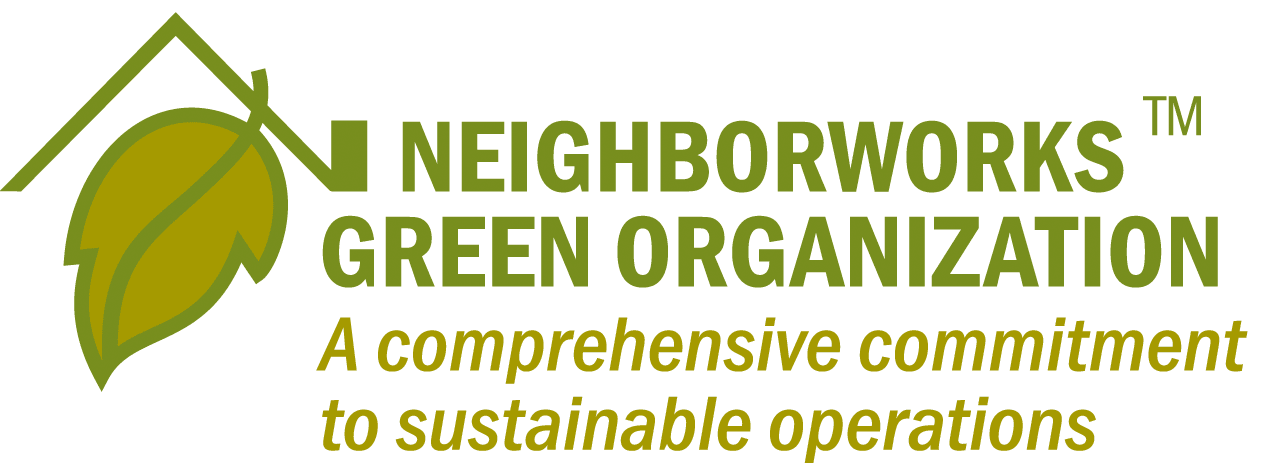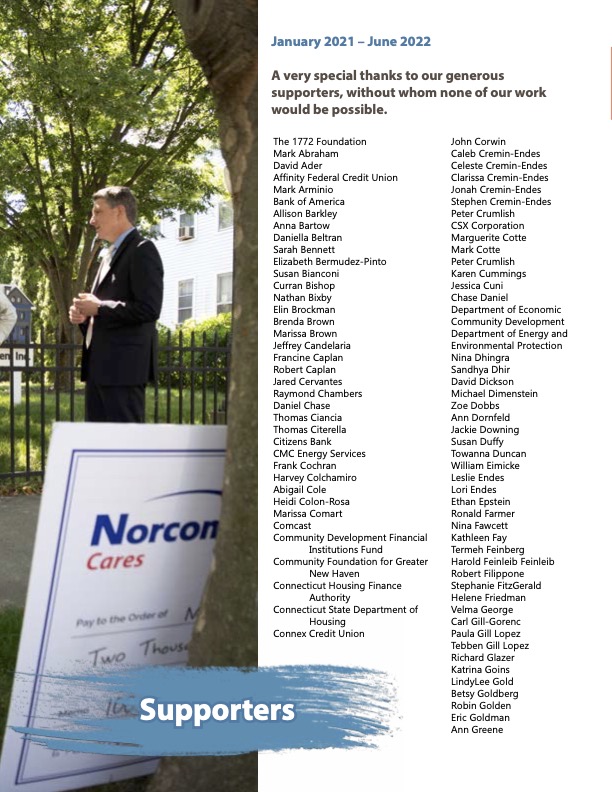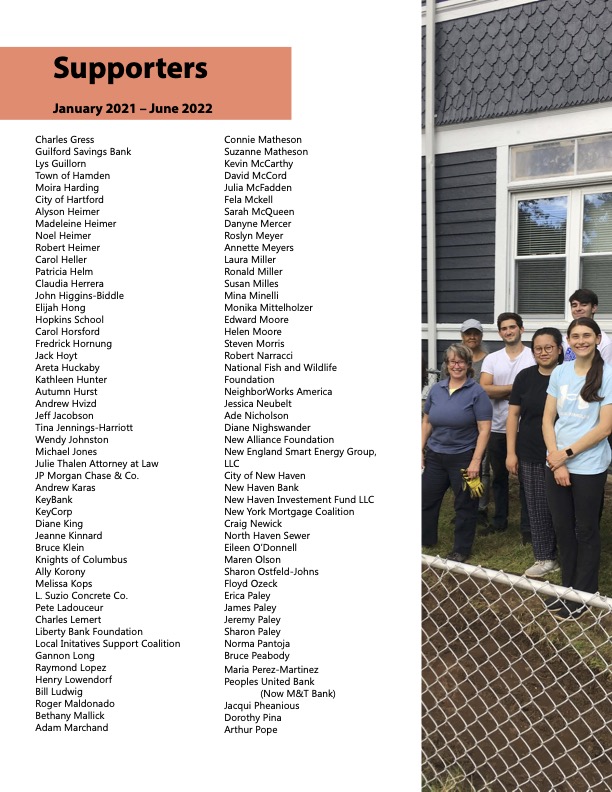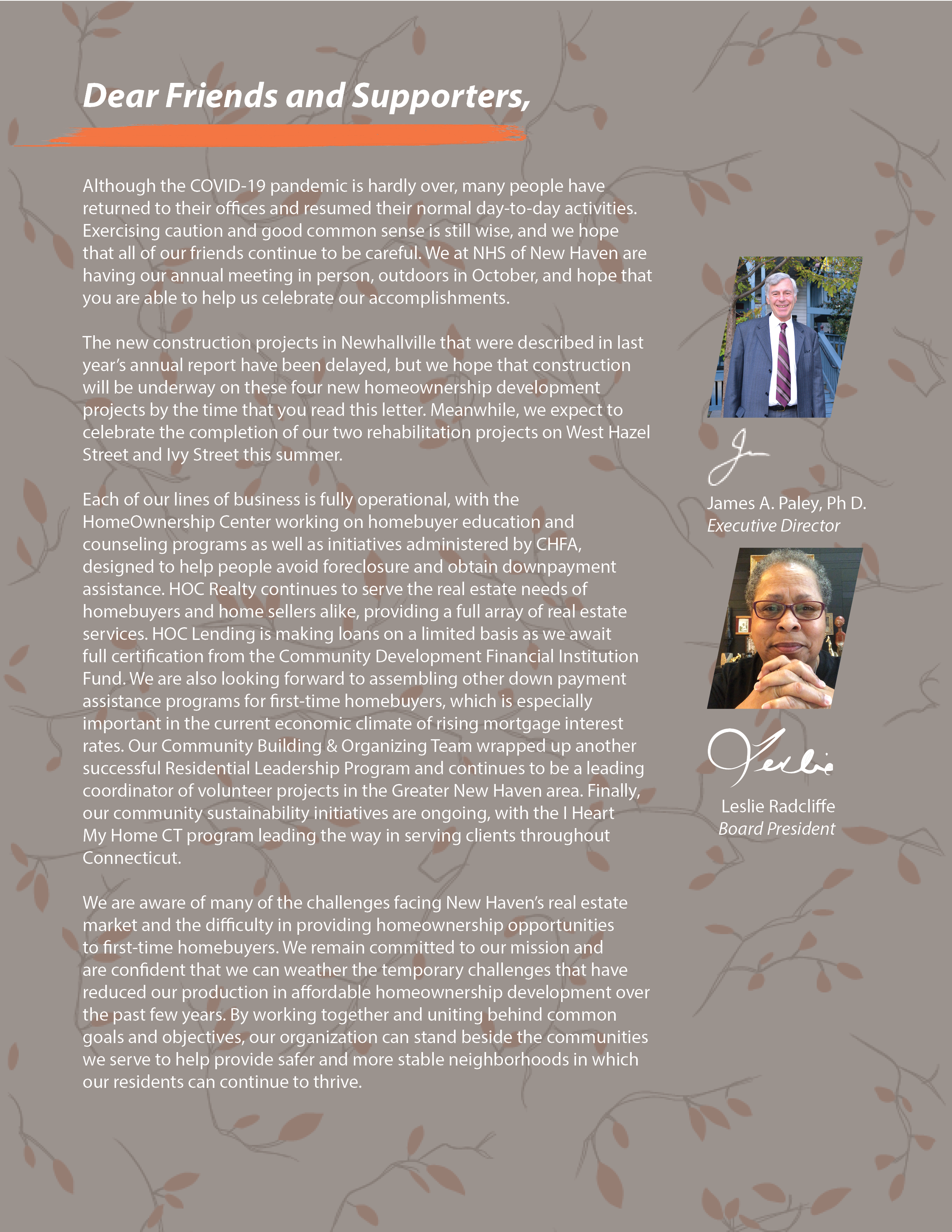NHS OF NEW HAVEN'S HISTORY
Creating social, economic & environmental health is just the beginning for NHS of New Haven's history.Neighborhood Housing Services of New Haven
Empowering Families. Revitalizing Neighborhoods.
Established in 1979 as Neighborhood Housing Services of New Haven, our first goal was to revitalize the Upper State Street and Dwight/Edgewood neighborhoods, by rehabilitating houses for people who needed technical or financial assistance.
In 1982, we incorporated a new goal into the mission — to increase homeownership. Shortly thereafter, we began to help residents take charge of their neighborhoods through community organizations.
During the 1990s, when housing values were declining sharply, we increased homebuyer education and counseling classes. This taught residents valuable tools to cope with the issues facing our local housing market. Then, we started complete gut-rehabilitations on homes. This helped to assure each new homebuyer that their new home would require only routine maintenance. While we attempted to group our developments, our projects were completed mostly in the following neighborhoods: Dwight/Edgewood, West River, Newhallville, the Hill, and Fair Haven.
In 1996, we initiated our collaboration with the Yale School of Architecture, starting with the construction of a new single-family home in the Cedar Hill neighborhood.
In 2001, recognizing the growing need for comprehensive homebuyer education and counseling, NHS of New Haven worked with NeighborWorks® America to launch the New Haven HomeOwnership Center (HOC). The HOC was designed to serve new homebuyers and existing homeowners, alike. Our timing was perfect; after a decade of declining values, the housing market finally began to rebound, with homeowners and investors demonstrating a renewed confidence in purchasing real estate in New Haven.
By 2010, following the recession, foreclosures were commonplace in NHS’ target neighborhoods, even for well-maintained, owner-occupied homes. As “bargain priced” homes lost value, both owner-occupants and real-estate investors walked away from their properties.
In response to an abundance of foreclosures, NHS of New Haven decided to pursue a new strategy for strengthening our target neighborhoods. Believing that renovating multiple homes on a block would maximize the impact of our work, we began purchasing homes in clusters, rather than widely scattered individual properties. The “healthy neighborhoods” approach to community revitalization reinforced our idea.
Today, we persist in our efforts to improve New Haven residents’ perceptions of the neighborhoods in which we have a presence. We continue to encourage reinvestment from both new homebuyers and existing homeowners. This strategy is a work in progress; we are seeing a slow transition in Newhallville and the Hill that has eluded housing developers and community housing development corporations for decades.
Over the past five years we have seen some dramatic changes in New Haven’s housing market. In the downtown area, we have watched the development of a multitude of luxury apartments that have attracted many individuals and families to the downtown, producing a resurgence of interest in New Haven and a poising it to become Connecticut’s largest city in just a few years. In our low-income neighborhoods, however, we have watched a proliferation of mega-landlords, who have dominated the real estate market with under-maintained, neglected houses. These landlords have driven up rents and have diminished residents’ perceptions of their neighborhoods. Rising housing prices throughout the city and a scarcity of suitable inventory have made homeownership extremely difficult for low- and moderate-income families to achieve.
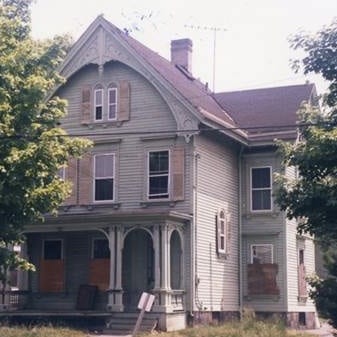
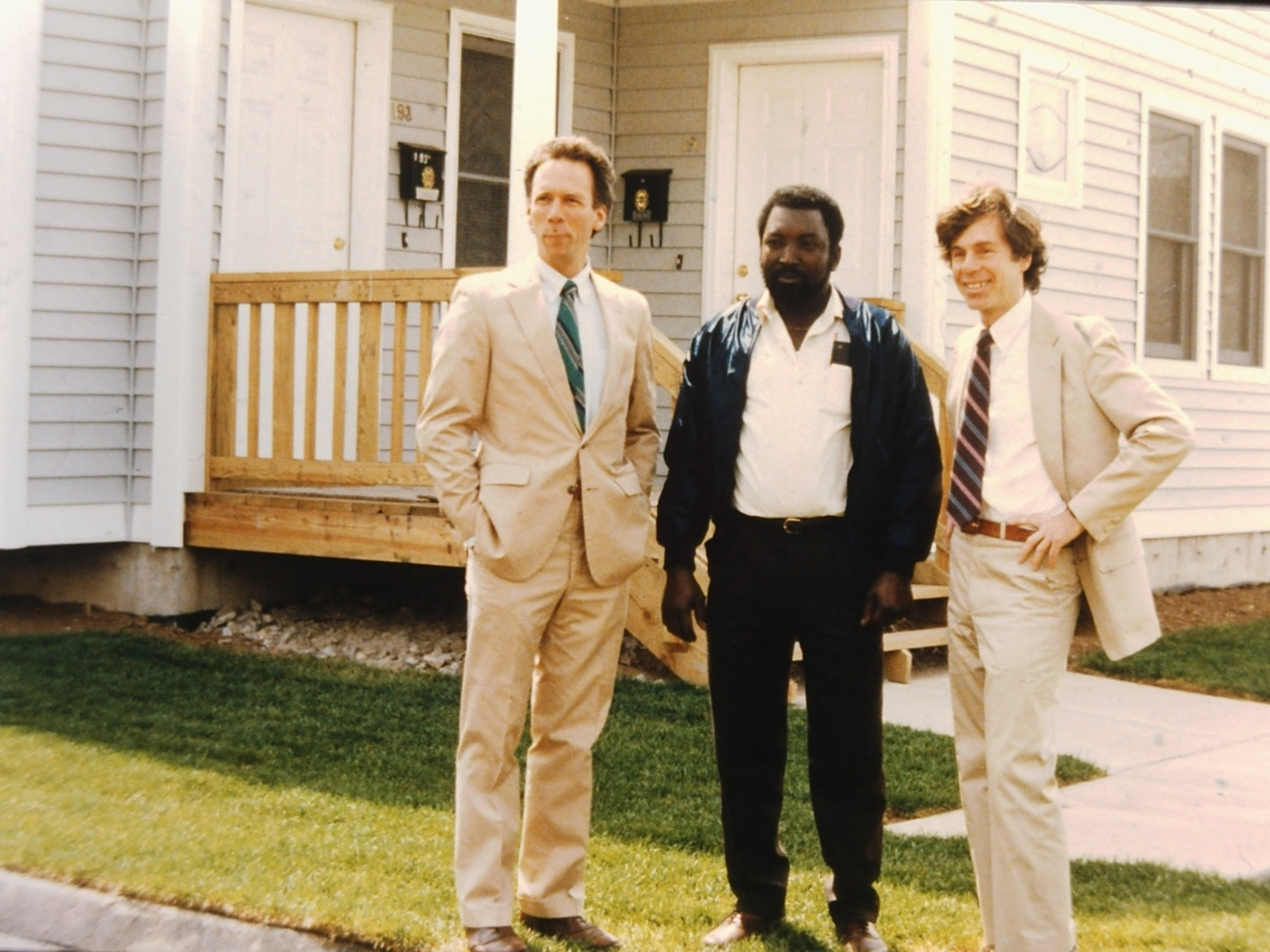
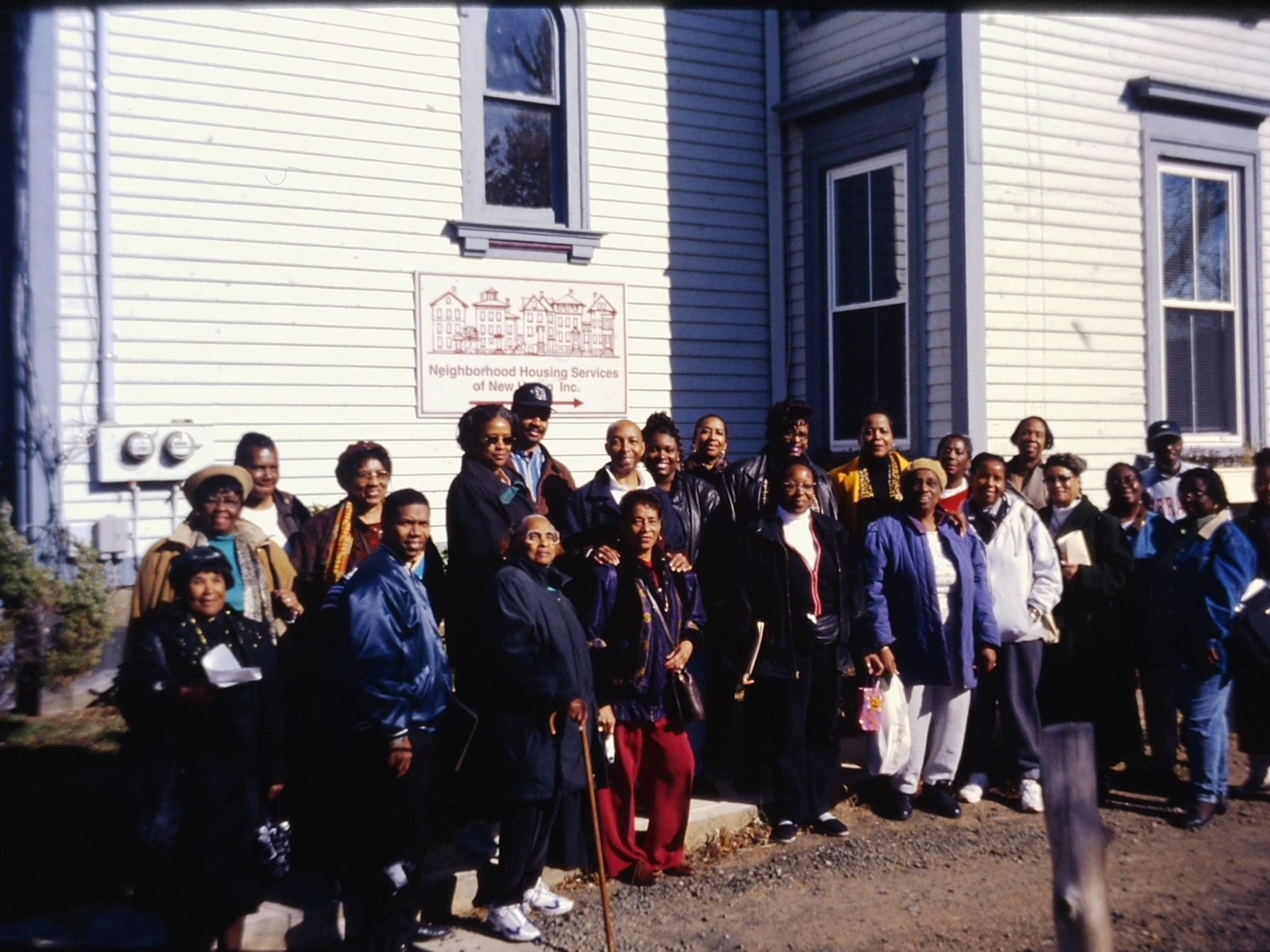
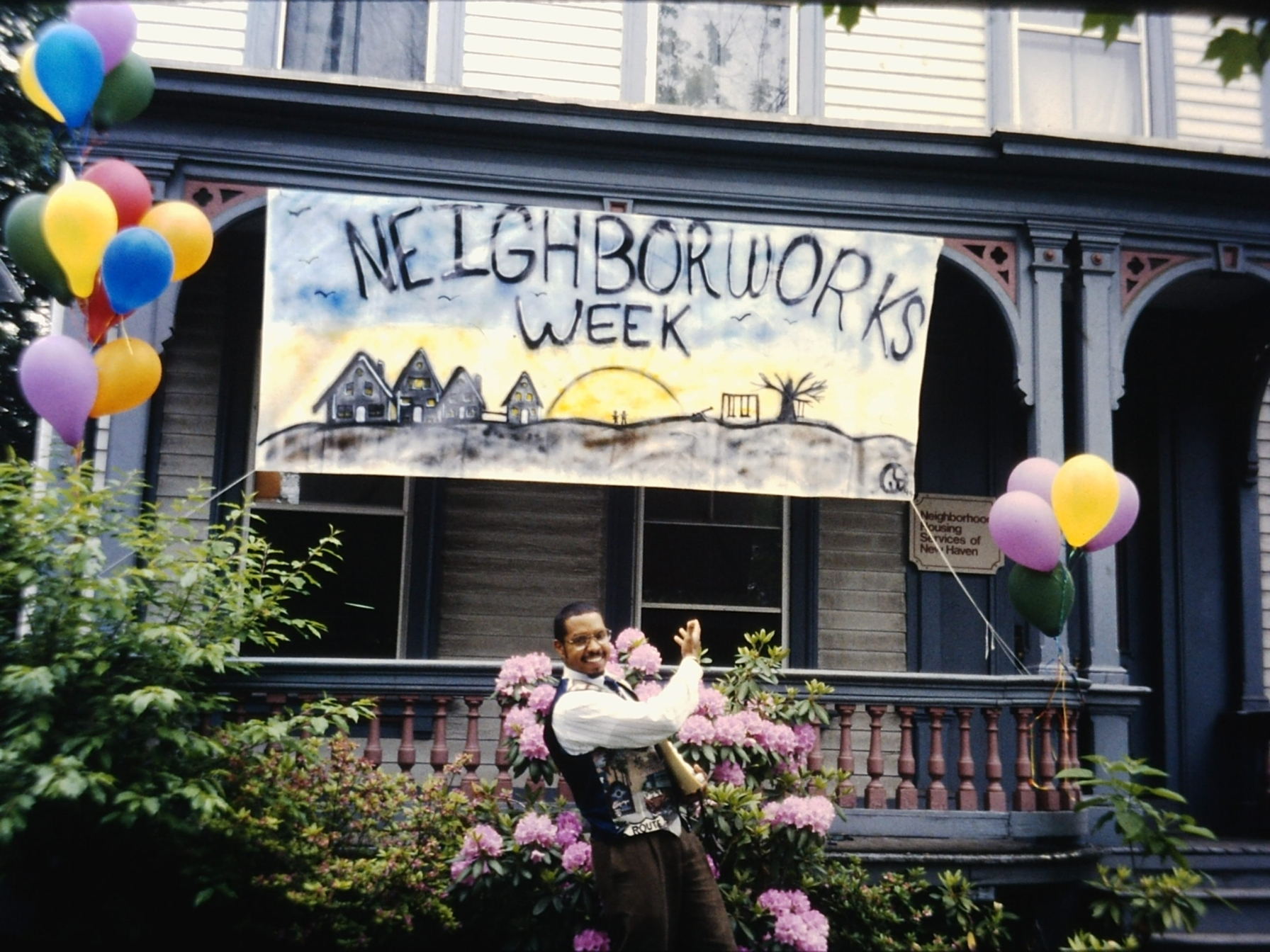
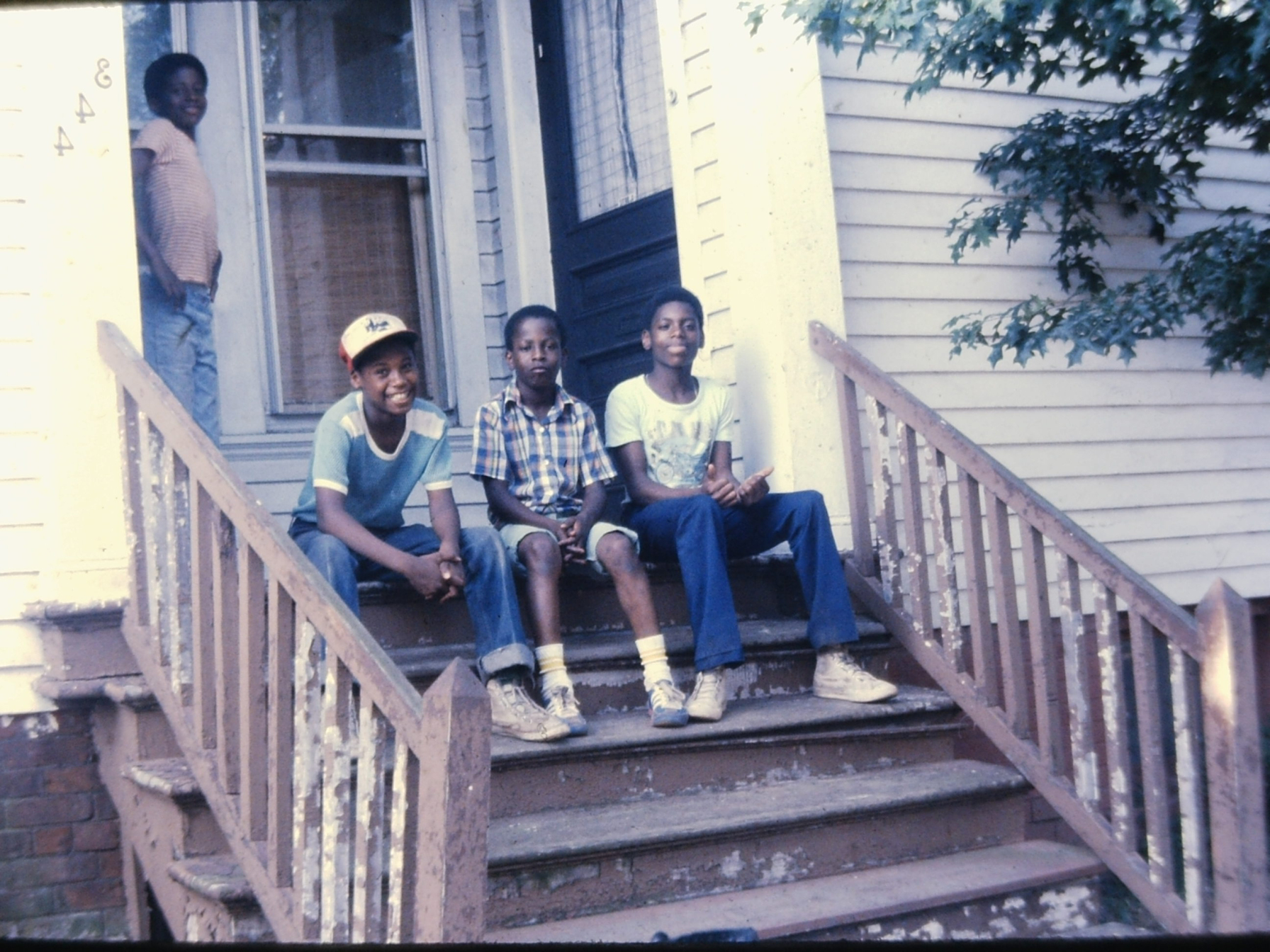







 .
. 